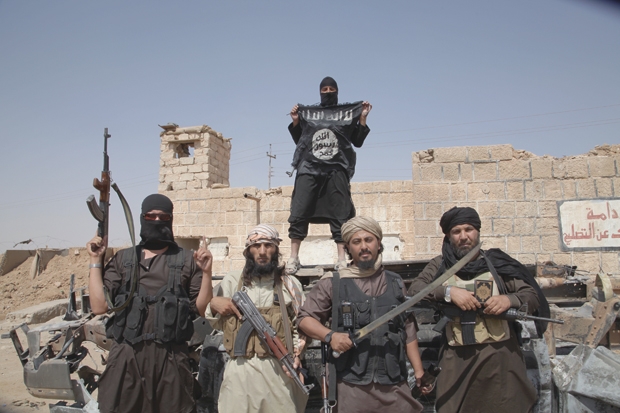War can reshape the medium of television. The First Gulf War was a landmark moment in broadcasting: CNN had reporters in Baghdad when the first bombs fell, no one else did, America was riveted and the concept of 24-hour news (accompanied by thousands of graphics) suddenly took off. And now, just as a third conflict kicks off in Iraq, we have a new television insurgent: Vice News, which is shaking up war reporting with its extraordinary coverage of the jihadis tearing up Syria and Iraq. The idea of watching television made by a magazine seems bizarre — or, at least, it did this time last month. Vice started life as a provocative publication. It was dubbed the ‘hipster’s bible’, but underneath all the snark, Vice had big plans. Funding began to drip in, and, before long, it started to flood. Last year Rupert Murdoch’s 21st Century Fox poured $70 million into Vice Media, aiming to make it a global news brand — producing television for a generation that doesn’t watch television in the traditional way.

The result is Vice News’s astonishing internet footage of life behind enemy lines. The Vice reporter Medyan Dairieh was embedded with Isis as it took control of the city of Raqqa in Syria. This unprecedented access has been broadcast online as a five-part mini-series over the past week, ten minutes each, leaving the rest of the West’s media clambering to catch up. The BBC admitted defeat, and broadcast Vice’s immersive footage on Newsnight, while the Daily Mail interviewed Dairieh. A safer option, they must have sensed, than sending one of their own reporters out to join the jihadis. With scoop after scoop, Vice is making other television reports from the Middle East and Ukraine look hackneyed.









Comments
Join the debate for just £1 a month
Be part of the conversation with other Spectator readers by getting your first three months for £3.
UNLOCK ACCESS Just £1 a monthAlready a subscriber? Log in